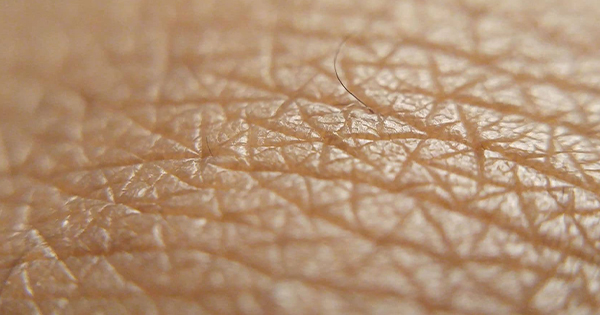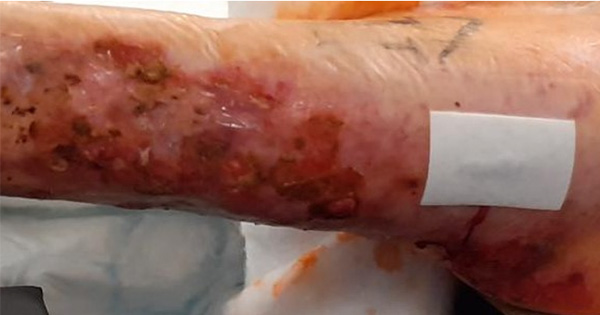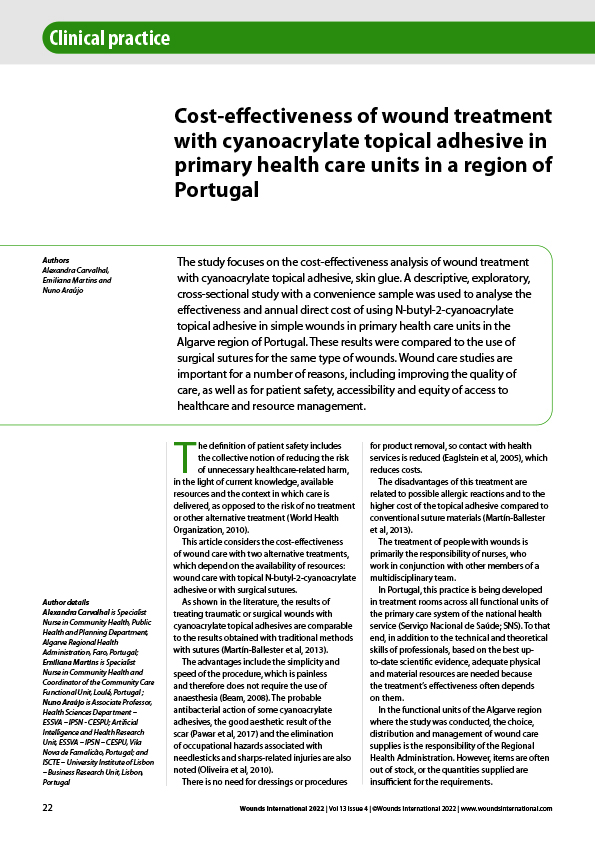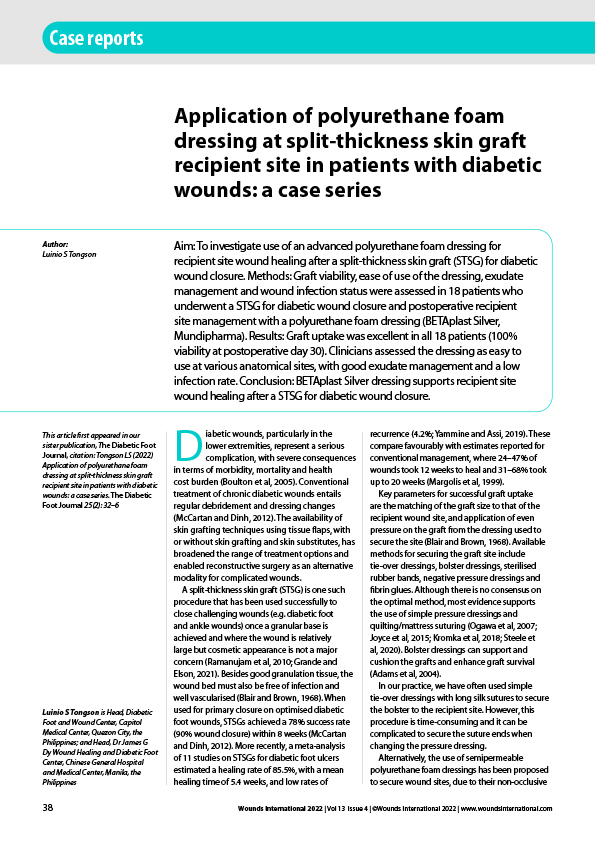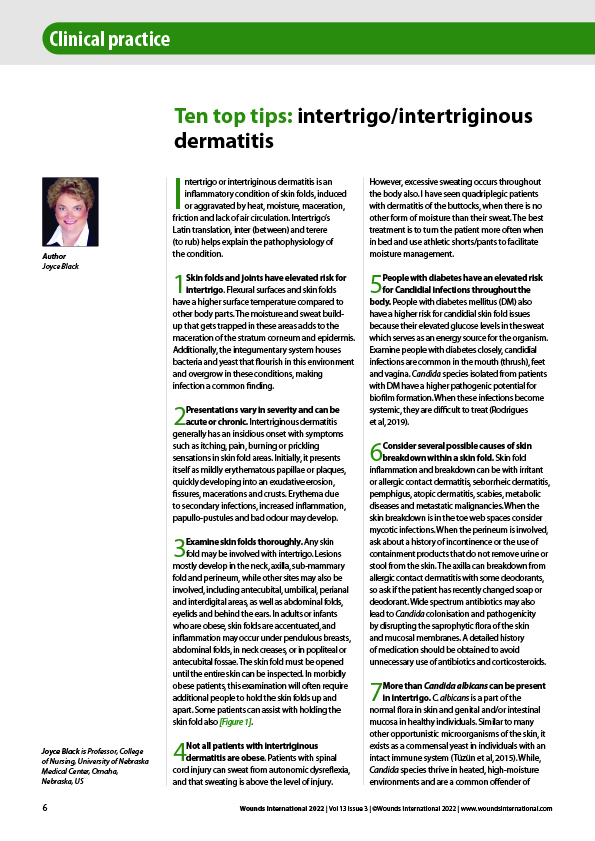The skin, acknowledged as the largest organ of the human body, is composed of three anatomical layers: the epidermis, dermis and hypodermis. Through its intricate anatomical structure, it plays a pivotal role in maintaining numerous physiological processes. The epidermis, the outermost and visible layer, features a superficial sublayer called the stratum corneum (SC), which establishes the skin’s barrier through its corneocytes. The primary function of the SC is to prevent transepidermal water loss. The epidermal–dermal junction, characterised by its undulating architecture, is crucial for transmitting biomolecules from the epidermis to the dermis. The structurally diverse dermis encompasses blood vessels, lymphatic formations, nerve endings, sebaceous glands and sweat glands. As a highly organised and functional structure, the skin fulfils critical roles, including the protection of tissues and organs, the maintenance of homoeostasis, the support of immune responses, and the synthesis of vitamin D (Bader and Worsley, 2018; Lopez-Ojeda et al, 2024; Yousef et al, 2024). However, these functions are impaired when skin and tissue integrity is compromised.
Critically ill patients are highly susceptible to skin damage due to exposure to various physical, chemical and mechanical risk factors that compromise skin and tissue integrity. Contributing factors include using medical devices for complex treatment, prolonged immobility, mechanical stress during in-bed mobilisation, polypharmacy, impaired oxygenation, extravasation of fluids following fluid resuscitation and similar conditions, all of which exacerbate the risk of skin injury. These factors particularly affect the skin and soft tissues, often directly damaging the skin barrier (Grap et al, 2017). In a study published in 2020, skin injuries seen in critically ill patients were classified as life-threatening skin diseases, severe cutaneous adverse drug reactions, cutaneous lesions associated with underlying systemic diseases, and ‘lesions associated with critical illness,’ including pressure injuries (PIs) (Badia et al, 2020).
PIs represent the most prevalent and incident form of skin injury in intensive care units, with a substantial proportion of hospital-acquired PIs originating in these settings (Li et al, 2020; Labeau et al, 2021). PIs significantly diminish the quality of life, cause pain, discomfort, restrict mobility, increase antibiotic use, and create cognitive, psychological, and mental health challenges (Roussou et al, 2023). Furthermore, these adverse outcomes impose considerable financial burdens on healthcare systems (Padula and Delarmente, 2019).
In addition to PUs, studies highlight the frequent occurrence of other skin complications in ICUs, such as moisture-associated skin damage and skin tears. Notably, incontinence-associated dermatitis is recognised as a significant risk factor that exacerbates the development of PIs (Gray and Giuliano, 2018; Emilia et al, 2020; Johansen et al, 2020; Völzer et al, 2023; Yuceler Kacmaz et al, 2025). For these reasons, implementing evidence-based interventions is crucial for maintaining skin and tissue integrity. Recommended care interventions include assessing risk factors, conducting regular comprehensive skin and tissue evaluations or utilising validated assessment tools, implementing protective skin care measures, ensuring adequate nutritional support, facilitating proper positioning and early mobilisation, utilising pressure-relieving surfaces and protective dressings, adopting precautionary measures for medical devices, and establishing effective incontinence management strategies. (Coyer et al, 2022; Haesler, 2019; Serafin et al, 2025).
Can patient-centred care be a solution? Advantages and obstacles
Despite evidence-based interventions, some skin injuries remain unavoidable for intensive care patients. To enhance the quality of care and standardise evidence-based practices, clinical protocols, and care bundles are frequently used in healthcare settings, and their positive effects have been documented in research studies (Aloweni et al, 2024; Chaboyer et al, 2024). However, in recent years, experts have been discussed patient-centred care (PCC) as a novel concept in maintaining skin health and accelerating wound healing (Gethin et al, 2020). In 2015, the World Health Organization (WHO) defined the PCC approach as a paradigm shift based on the needs and expectations of individuals receiving healthcare services, where people are equipped with the education and support necessary to participate in decision-making about their health processes and their care (WHO, 2015).
In nursing science, the theoretical exploration of PCC dates back to 2006 (McCormack and McCance, 2006). Grounded in its core components, prerequisites, the care environment, patient-centred processes and outcomes, PCC enhances the quality of care by facilitating collaboration between healthcare professionals and patients in case management. However, family or other relatives/caregivers may need to be involved with unconscious or sedated patients. Simultaneously, it ensures a holistic approach by addressing the interconnections within the system, thereby promoting patient adherence to care and treatment. The other positive impacts of PCC include:
- Placing the patient at the centre of the care process
- Facilitating the development of a care plan tailored to the individual, country, region, healthcare facility, or clinical environment, and even the cultural context of the time
- Enhancing interaction between patients and/or the family and healthcare professionals
- Increasing institutional awareness of care needs and providing opportunities for improvement
- Ensuring that all members of the care team possess up-to-date knowledge.
Despite its numerous positive effects, implementing PCC also faces various challenges. For instance, in the literature on preventing PIs, there are relatively few studies on PCC, though their results are promising. Have all four core concepts been addressed in the methodology of these studies? Similarly, if a hospital’s operational philosophy is based on PCC, is it expected that all prerequisites, ranging from the hospital’s environmental structure to the standardisation of staff knowledge levels, be fulfilled before implementing PCC as a third step? Or is the focus solely on directly proceeding to the application of care? A review of the literature reveals that the most common challenges in implementing PCC include traditional practices and structures, professionals’ sceptical attitudes, factors related to the development of PCC, staff shortages, insufficient knowledge, time constraints and low salaries (Guan et al, 2024; Moore et al, 2017).
The literature is limited in studies on PCC in maintaining skin and tissue integrity. While clinical significance is evident, some studies show relatively low statistical significance (Chaboyer et al, 2016; Roberts et al, 2016; Whitty et al, 2017). This result highlights the need for further studies on PCC and skin integrity. Then, could innovative and engaging scientific practices that make overcoming challenges more manageable serve as a facilitator in implementing PCC?
What difference does tracking skin biomarkers make in individualising care?
Monitoring biophysical skin parameters, enabled by biomedical technology, involves non-invasive devices that provide objective data on the skin’s barrier function without causing discomfort and pain [Figure 1]. These parameters include transepidermal water loss (TEWL), skin pH, subepidermal moisture, skin hydration, erythema, perfusion, temperature and transcutaneous oxygen monitoring. This approach provides valuable insights regarding the epidermis (notably the SC) and the epidermal-dermal junction (Bader and Worsley, 2018).
Studies in the literature demonstrate that factors such as mechanically loaded skin, the implemented care protocols and products, the structure of the SC in the assessed anatomical region, the presence of erythema, and the evaluated population (e.g., elderly, healthy or critically ill patients) influence biophysical parameters. For instance, a meta-analysis reported a normal TEWL average of 12.7 g/h/m² in healthy adults aged 65 years and over, while another study indicated that the care products used had a significant effect on TEWL and pH (Akdeniz et al, 2018; Kottner et al, 2017). Additionally, in geriatric individuals with stage 1 PIs, TEWL and SC hydration were elevated in the affected anatomical region (Abiakam et al, 2023). Although findings in the literature demonstrate the benefits of biophysical skin sensing in detecting skin damage or monitoring the healing process, the limited number of studies, variability in repeated assessments, differing results based on anatomical regions, and the financial burden of the devices used are among the limitations of this approach. Therefore, further results obtained through integration into clinical care protocols are needed.
Maintaining skin and tissue integrity in ICUs is an important factor affecting treatment and care outcomes, and the primary responsibility belongs to nurses to develop a patient-centred skin care protocol in a tertiary ICU of a hospital. The research was designed to evaluate the effects of this protocol on skin barrier functions, PI incidence, and risk scores while also addressing the specific needs of the clinical environment. As the experimental phase of the study was conducted in Turkey, update meetings were held among the researchers via Microsoft Office Meeting and email. Statistical analyses were completed in the UK, and additional studies on related topics were initiated. The research findings will be published in an international journal and presented at the European Pressure Ulcer Advisory Panel 2025 congress.
Conclusion
In addition to outcomes, the researchers’ observations and the clinical nurses’ feedback were highly positive and meaningful during the project process. Despite the barriers identified in the literature, both patients and clinicians related to implementing PCC practices in ICUs, team compliance with the research was relatively high. Monitoring skin biophysical parameters and the effects of nursing practice on the skin using skin sensing tools and gaining in-depth knowledge of skin pathophysiology was met with enthusiasm in the ICU.
In conclusion, despite ICU challenges, innovative approaches can serve as catalysts for evidence-based practice, with technological advancements enhancing clinical integration and improving patient care outcomes.

